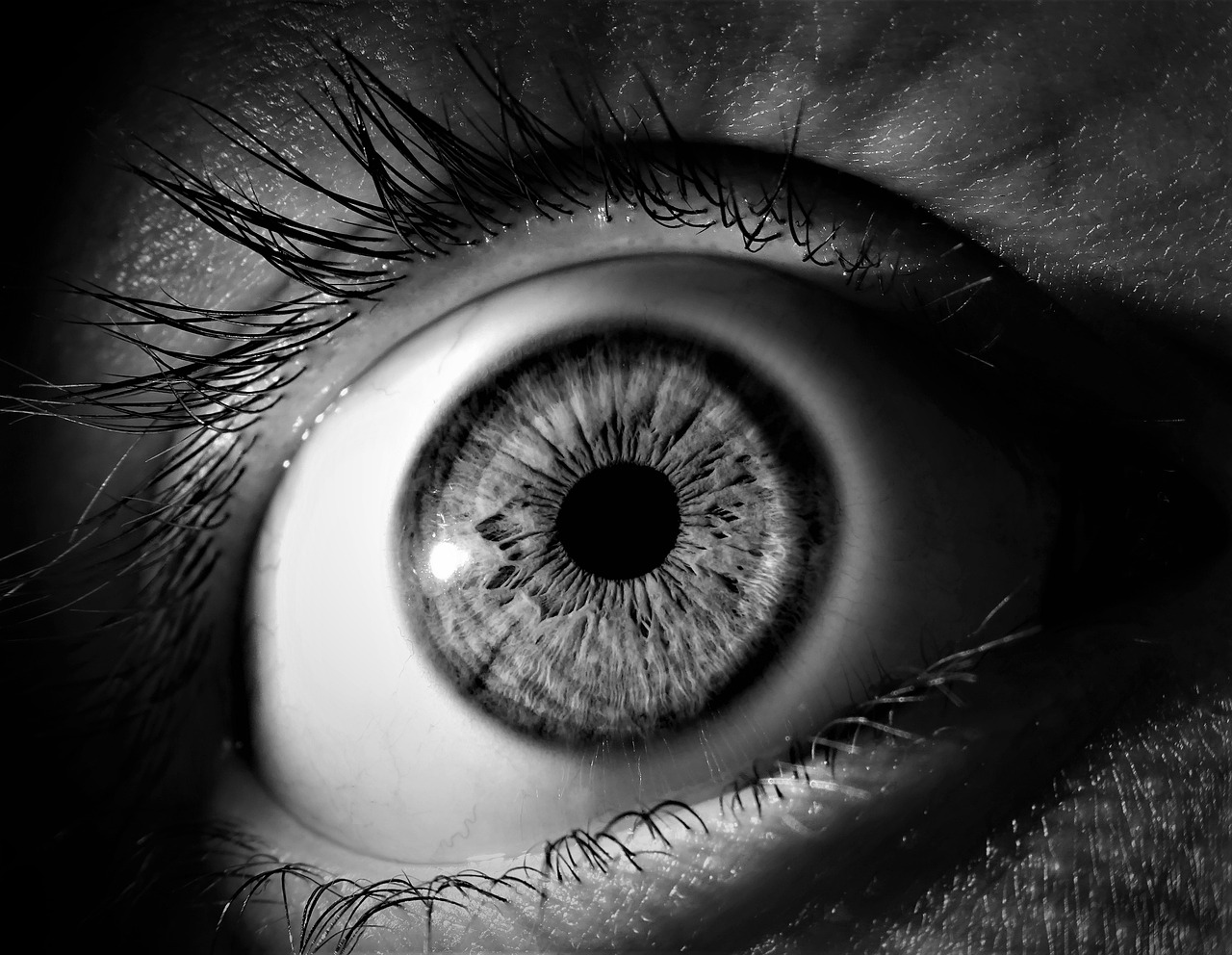Did You Know that the Cornea...
I love stories, and my favorite genre tends to be in the mythical world, fantasies about gods and supernatural powers then also I love action-packed books, I think one of my all-time favorites is "The Medusa's Child", although I couldn't finish this book in high school whiles I prepared for my SAT exams I still had a thrill reading it and simply can't forget that book.

Anyway, I am talking about fantasies and fiction because there are a lot of things about the eye that seems fictitious to many when they get to know or hear of it, sometimes the truth is put bare before my patients and they refuse it, today I want to speak briefly about some interesting things I learned or have come to know about the cornea and please note that these ain't fiction or exaggeration in any way. They are as it is.
The cornea is one of the most sensitive organs in the body, more sensitive than your skin obviously, and it is highly innervated. I guess the last part was also obvious to the scientist because for an organ to be highly sensitive it has to be very well innervated. Here is another interesting thing to know about the cornea, it is without vascularization.
When I talk about vascularization I simply mean that it doesn't have any blood vessels in it. At this juncture the typical science person or anyone with an anatomy and physiology background would dare to ask, how then does it receive nourishment because all cells need this to grow, and undergo the various metabolic and physiological processes. Well, the answer to that is simply the fact that it receives oxygen from the atmosphere as well as nourishment from the aqueous in the anterior chamber and from the ciliary vessels around it from the conjunctiva.

The non-vascularization of the cornea enables it to be transparent so that it can function as it ought to in refracting light into the eye for vision to be made possible. Anything other than this would drastically affect and impede vision in that eye. With that said let me draw your attention to something, although we normally use this to make it easier for people when explaining conditions to patients, you should know that the cornea is not the black part of the eye you see, neither is it the colored part of the eye you see.
These are used as reference points for easy understanding, the cornea is actually transparent so it is not black or dark, that is the space or void in the eye through the pupillary hole in the eye, and the colored part is called the iris. The last interesting thing I would want to touch on concerning the cornea is its healing properties or abilities. Corneal abrasions and ulcers could be one of the most painful things to experience however they tend to heal as quickly as within 24 hours when cared for properly to prevent infection.
The beautiful healing process sometimes baffles me although I see it every day, but there's a catch, damage to the cornea shouldn't go beyond the 2nd layer lest the resulting effect would be a scar that would permanently affect your vision depending on the location of your eye.
So yeah, there you have it, some interesting facts about the cornea, the knowledge you can now brag with, but that said, I would like to remind you as a health and eyecare advocate to kindly desist from the use of herbal preparations on the eye, the use of over the counter medication without proper care or prescription from your Optometrist or Ophthalmologist and to avoid self-medication always.

Whenever in doubt speak to a professional, and have regular eye examinations, at least twice a year even if you do not have any pressing issues because conditions like glaucoma are silent and deadly last but not least, thank you so much for your time and for reading what I had to share today, stay safe and have a blissful week.
Further Reading
DelMonte, D. W., & Kim, T. (2011). Anatomy and physiology of the cornea. Journal of cataract and refractive surgery, 37(3), 588–598. https://doi.org/10.1016/j.jcrs.2010.12.037.
Yang, A. Y., Chow, J., & Liu, J. (2018). Corneal Innervation and Sensation: The Eye and Beyond. The Yale journal of biology and medicine, 91(1), 13–21..
Bukowiecki, A., Hos, D., Cursiefen, C., & Eming, S. A. (2017). Wound-Healing Studies in Cornea and Skin: Parallels, Differences and Opportunities. International journal of molecular sciences, 18(6), 1257. https://doi.org/10.3390/ijms18061257.
Dupps, W. J., Jr, & Wilson, S. E. (2006). Biomechanics and wound healing in the cornea. Experimental eye research, 83(4), 709–720. https://doi.org/10.1016/j.exer.2006.03.015
Congratulations @nattybongo! You have completed the following achievement on the Hive blockchain And have been rewarded with New badge(s)
Your next target is to reach 65000 upvotes.
You can view your badges on your board and compare yourself to others in the Ranking
If you no longer want to receive notifications, reply to this comment with the word
STOPTo support your work, I also upvoted your post!
Thank you
All good @nattybongo! You're a real Hive pro! Onward to that new goal!
Thanks for your contribution to the STEMsocial community. Feel free to join us on discord to get to know the rest of us!
Please consider delegating to the @stemsocial account (85% of the curation rewards are returned).
You may also include @stemsocial as a beneficiary of the rewards of this post to get a stronger support.